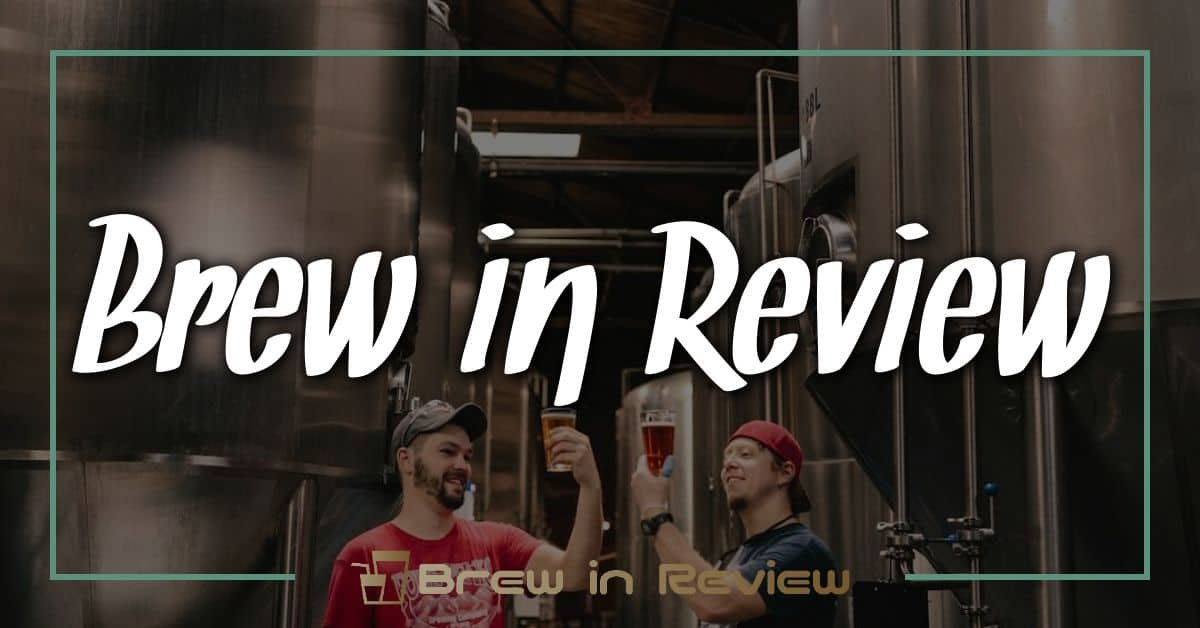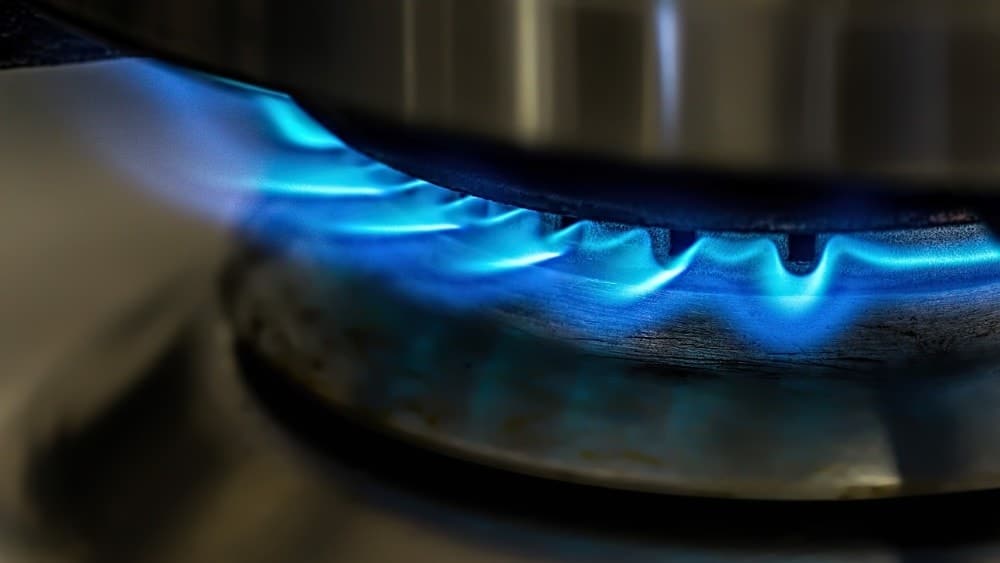When it comes to beer, few styles have the rich history and depth of flavor that Doppelbock offers. Originating in Germany, this strong lager is a celebration of malt, showcasing the artistry of brewing in every sip. I’ve always found it fascinating how a single style can pack such a punch while remaining smooth and drinkable.
Overview of Doppelbock
Doppelbock stands out for its rich malt complexity and depth of flavor. Originating in Germany, this style of beer showcases a malty profile, making it distinctly different from lighter lagers. I appreciate how its smoothness complements the robust sweetness from caramel and toasty malt characteristics.
This strong lager typically has an alcohol by volume (ABV) ranging from 7% to 12%. The brewing process involves using a higher quantity of malt, which contributes to its rich body and layered flavors. I find that the balance achieved in Doppelbock is a testament to the brewer’s skill, as it’s crucial to prevent overwhelming sweetness.
Doppelbock often features dark fruit notes, like raisins and figs, alongside hints of chocolate and coffee. When brewing at home, I focus on controlling fermentation temperatures to enhance these flavors. The fermentation temperature usually falls between 48°F and 55°F, fostering the development of complex esters and phenols.

Many popular examples of Doppelbock include Spaten Optimator and Ayinger Doppelbock. These classics reflect well on the style’s heritage, showcasing the nuances that make it so enjoyable. For those venturing into home brewing, experimenting with malt varieties and hop additions can yield exciting results.
History of Doppelbock
Doppelbock carries a rich history centered in Germany, illustrating how tradition shapes brewing practices. This strong lager traces its roots back to the early 17th century, particularly linked to the Paulaner monks in Munich. They developed this style to sustain themselves during fasting periods, creating a nutrient-rich, fuller-bodied beer that could provide energy and flavor.
Origins in Germany
Doppelbock likely emerged from the medieval Bock beer tradition. Initially brewed in the town of Einbeck, Bock gained popularity among the Bavarian monks by the 1600s. Their adaptation, called “Doppelbock” (meaning “double bock”), distinguished itself by boasting higher alcohol content and malt richness. The monks named their creations with pious titles, such as “Salvator,” to honor their devotion. This approach showcased the monks’ brewing mastery and deep commitment to quality and spirituality.
Evolution of the Style
Doppelbock has evolved significantly since its inception. Over time, the style adopted variations reflecting local ingredients and brewing techniques. By the 19th century, breweries across Germany began to experiment, resulting in a range of flavors and aromas. Breweries like Spaten and Ayinger, well-known for their contributions to this style, fine-tuned their recipes to enhance malt complexity and balance with hops. Innovations like decoction mashing and extended fermentation processes further shaped the beer’s profile. Today, Doppelbock remains a celebrated style, inviting both seasoned brewers and home brewers to explore its malt-forward character while continuing to embrace its historical roots.
Characteristics of Doppelbock
Doppelbock stands out with its rich malt profile and robust flavors. This beer offers a delightful experience that combines history, craftsmanship, and taste.
Flavor Profile
Doppelbock features a malt-forward flavor profile that’s both complex and satisfying. This beer typically presents deep caramel and toasty malt notes. Expect dark fruit flavors, often reminiscent of raisins and figs, with subtle undertones of chocolate and coffee that add depth. Sweetness balances the bitterness, making for a smooth finish. Around 7% to 12% alcohol by volume (ABV) enhances its boldness without overwhelming the palate.
Brewing Process
Brewing Doppelbock involves meticulous attention to detail, starting with high-quality malts. I often use Munich and Vienna malts for their rich, caramel characteristics, along with a small percentage of darker malts for added complexity. The decoction mashing method, a traditional technique, allows for greater extraction of flavors and contributes to the beer’s body. Fermentation temperature plays a crucial role; maintaining cooler temperatures fosters a clean fermentation profile that lets the malt shine. After fermentation, lagering for several weeks achieves smoothness and allows flavors to meld beautifully. Experimenting with hop varieties can further enhance the balance of sweetness and bitterness, providing a unique twist on this classic style.
Popular Brands of Doppelbock
Doppelbock boasts a range of brands that embody the style’s rich malt character and historical roots. Exploring these brands reveals a spectrum of flavors and brewing techniques.
Craft Breweries
- Brooklyn Brewery’s Black Chocolate Stout
I appreciate Brooklyn Brewery’s take on the Doppelbock style with its darker, richer tones. This beer showcases deep chocolate and roasted malt flavors while maintaining a smooth finish.
- Victory Brewing’s Golden Monkey
Victory’s Golden Monkey, though more on the Belgian-style side, introduces unique spice notes, offering a creative twist on traditional Doppelbock flavors. It’s perfect for those looking to experiment with malt complexity.
- Shiner Bock
Shiner Brewery offers a popular take on the bock category with their Shiner Bock. This easy-drinking beer presents caramel malt flavors that highlight the delicious malt profile typical in a Doppelbock.
Traditional Breweries
- Paulaner Salvator
Paulaner salvaged the origins of Doppelbock with its Salvator brew. Heavy malt sweetness, dark fruit notes, and hints of caramel set the standard for what a traditional Doppelbock should taste like.
- Spaten Optimator
Spaten’s Optimator exemplifies Munich’s rich brewing heritage. This beer balances sweetness with subtle bitterness, featuring roasted notes and a velvety mouthfeel that invites you to savor each sip.
- Ayinger Doppelbock
Ayinger produces a Doppelbock that reflects traditional Bavarian brewing. It delivers rich caramel, bread crust flavors, and a smooth finish, making it a quintessential representation of the style.
By exploring these brands, both seasoned brewers and home brewers alike can experience the depth and complexity of Doppelbock, inspiring new brews and connections to this storied style.
Pairing Doppelbock with Food
Pairing Doppelbock with food creates an exciting dining experience, enhancing both the beer and the meal. I enjoy matching this rich lager with various dishes that complement its malt-forward profile and deep flavors.
Roasted Meats
Roasted meats shine alongside Doppelbock, as their savory qualities harmonize with the beer’s sweetness. I often pair Doppelbock with roasted lamb or beef, where the maltiness complements the meat’s rich, umami notes, enhancing flavors.
Dark Chocolate Desserts
For dessert, I recommend dark chocolate options. The beer’s hints of chocolate and coffee provide a delightful balance to the bitterness of the chocolate. Desserts like chocolate cake or brownies bring an indulgent touch.
Hearty Stews
Hearty stews make an excellent match due to their robust flavors. Dishes like beef stew or mushroom risotto pair well, as the malt’s sweetness enriches the dish while its smoothness cuts through the richness.
Aged Cheeses
Aged cheeses offer a unique pairing with Doppelbock. Cheeses like Gruyère or aged Gouda provide a creamy texture that pairs well with the beer’s richness, balancing the flavors and providing a satisfying contrast.
Spicy Dishes
Spicy dishes can also work surprisingly well with Doppelbock. The beer’s malt sweetness counteracts the heat, making it an ideal companion for spicy barbecue wings or curry. I find this dynamic pairing enhances the overall flavor profile.
While these pairings highlight the versatility of Doppelbock, personal experimentation can yield fantastic results. Each dish can open new realms of flavor, allowing both the beer and food to shine.
Conclusion
Doppelbock truly stands out as a beer that combines history and craftsmanship in every sip. Its rich malt profile and smooth finish make it a delight for both casual drinkers and serious enthusiasts. I love how this style invites creativity in brewing and food pairing, allowing for endless exploration and enjoyment. Whether you’re savoring a classic like Spaten Optimator or experimenting with your own homebrew, there’s something special about Doppelbock that connects us to its storied past. So grab a glass and toast to the tradition and innovation that make this beer a true gem in the world of lagers. Cheers!




